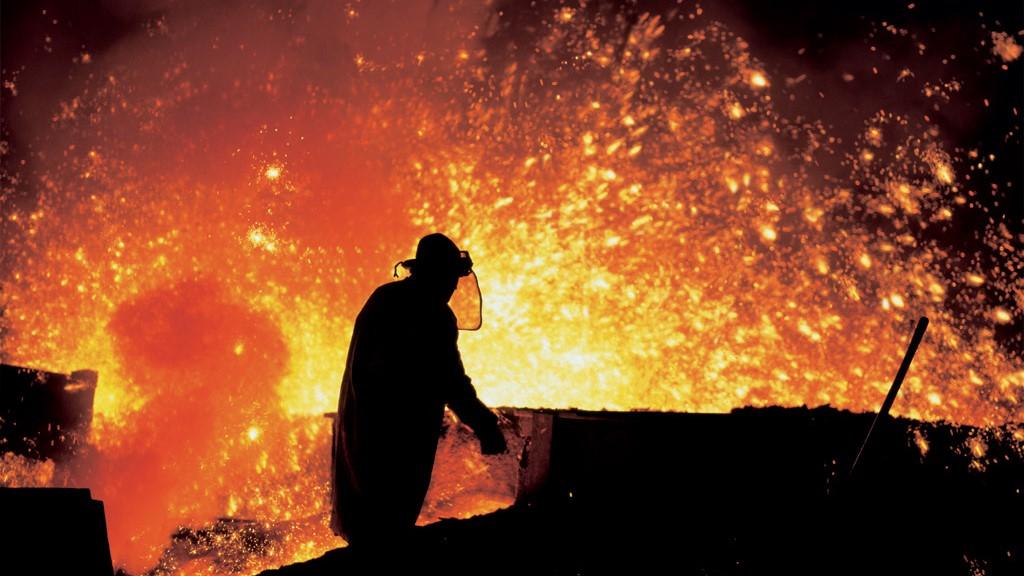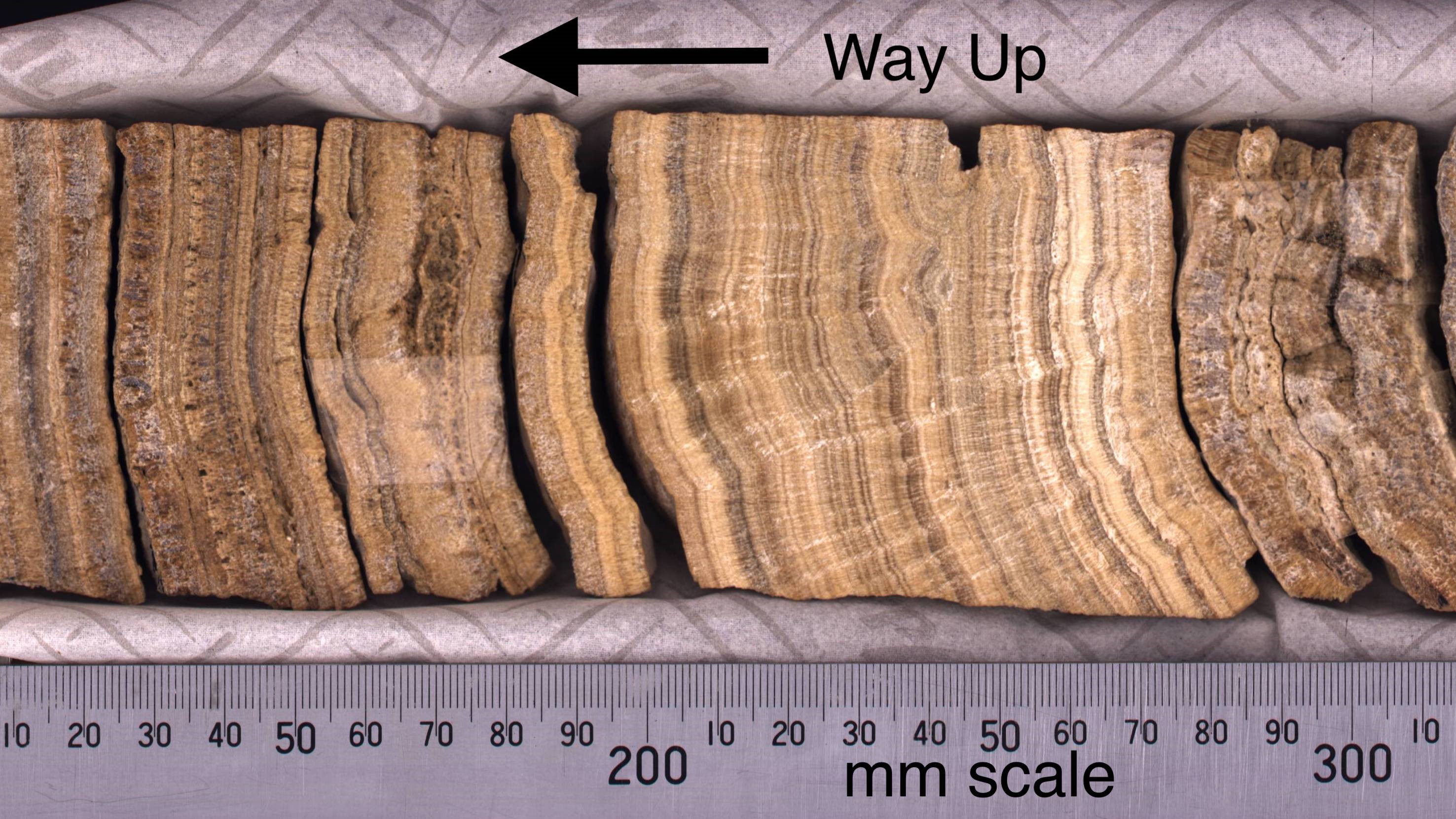
Submitted by Dr C.M. Martin-Jones on Thu, 13/07/2023 - 09:32
Could slag from steel production be used to soak up carbon dioxide from the atmosphere and fight global warming? Over the last decade, scientists have been exploring whether slag heaps can hoover up and lock away carbon dioxide through a process known as sequestration.
Research presented at this year’s Goldschmidt conference explores the carbon capture potential of slag heaps at the former Consett steelworks in Co. Durham, UK, which produced over 20 million tonnes of slag whilst in production for more than a hundred years.
Globally, the iron and steel industry produces around 400 million tonnes of slag waste a year. This slag can be used in construction, for instance as road aggregate, but a significant proportion remains piled up as a potential unused resource for mitigating climate change.
Since the closure of the Consett steelworks forty years ago, rainwater has drained through slag heaps surrounding the works — feeding polluted, highly alkaline, water into the neighbouring stream and depositing layers of smooth tufa (a crystalline form of calcite) on the stream bed.
Postgraduate student Jahmaine Yambing has been analyzing a cylindrical core collected by drilling down into the tufa in an effort to uncover the chemical reactions involved in the carbon absorption process.
“It’s very rare that we get to witness the breakdown of rocks, in this case slag, in real-time,” said Yambing. “Aside from a chance to play back the weathering process, this research could feed into our understanding of carbon capture using slag at other legacy industrial sites.”
Using sensitive isotope measurements of the tufa, Yambing has been able to pick out how much carbon each layer contains and whether that carbon comes from the atmosphere or the surrounding limestone bedrock.
Yambing ultimately hopes to constrain how much carbon has been captured at the site over the last four decades. Because the tufa is annually and sometimes seasonally layered, Yambing is also interested in how the proportions of atmospheric carbon inside the tufa might have varied with fluctuations in rainfall.
Read more: Jahmaine Renzo O. Yambing, (2023), Do Anthropogenic Tufas record Chemical Weathering and Carbon Capture at Legacy Steel Slag Heaps? Goldschmidt Conference 2023.


